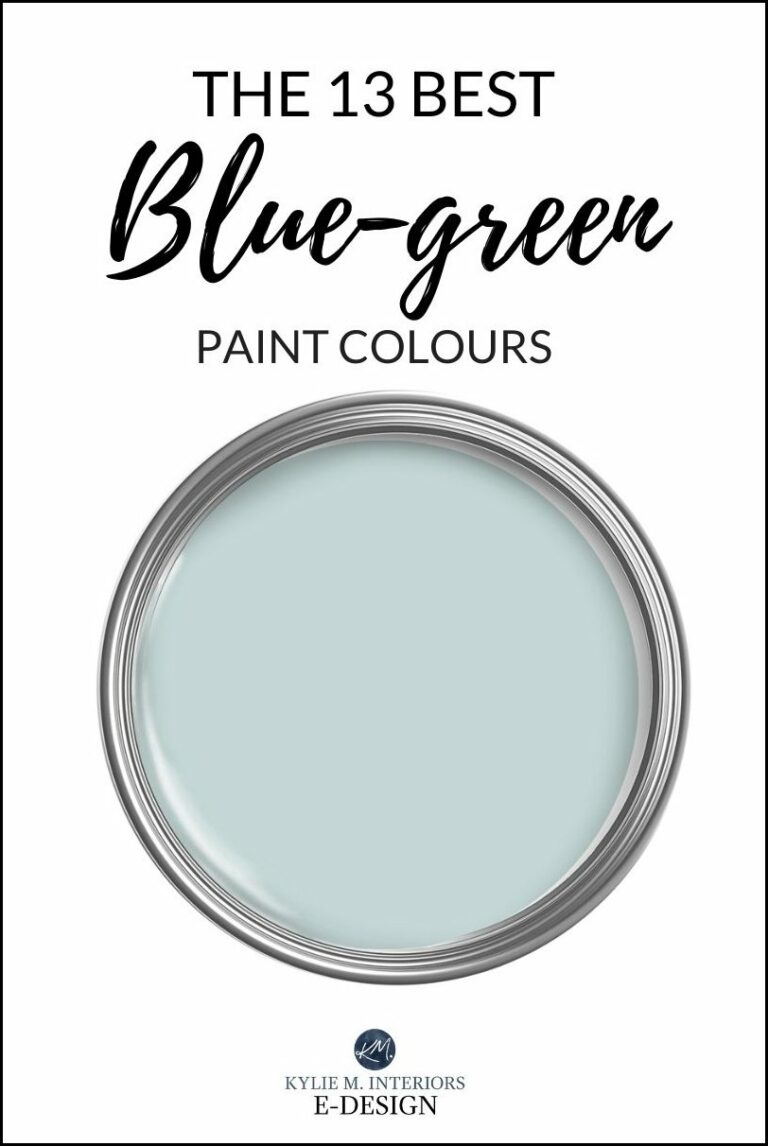Tips For Choosing Durable Long-Lasting Eco-Friendly Furniture
Tips For Choosing Durable Long-Lasting Eco-Friendly Furniture. You’re in luck! In this blog post, we’ll guide you on how to choose eco-friendly furniture that is not only kind to the environment but also built to stand the test of time.
Discover practical tips and insights that will help you make informed decisions when it comes to selecting furniture that is both sustainable and long-lasting. So, without further ado, let’s delve into the world of eco-friendly furniture and find the perfect pieces for your home.
How to Choose Eco-Friendly Furniture that is Durable and Long-Lasting?
In today’s world, where environmental concerns are at the forefront of many people’s minds, choosing eco-friendly furniture that is both durable and long-lasting is becoming increasingly important. Not only does eco-friendly furniture help to reduce our carbon footprint, but it also ensures that we are making sustainable choices for our homes. In this article, we will explore various tips and considerations for selecting eco-friendly furniture that will stand the test of time.
1. Material Selection: Opt for Sustainable and Recycled Materials
The materials used in furniture production play a crucial role in determining its eco-friendliness. When choosing furniture, look for these sustainable and recycled materials:
- Bamboo: This fast-growing grass is an excellent alternative to hardwoods and is highly renewable.
- Reclaimed Wood: Furniture made from reclaimed or salvaged wood reduces deforestation and adds a unique character to your space.
- Recycled Plastic: Furniture crafted from recycled plastic helps reduce plastic waste and has the added benefit of being moisture-resistant and easy to clean.
- Recycled Metal: Opt for furniture made from recycled metals such as aluminum or steel, which can be recycled repeatedly without losing quality.
- Natural Fiber: Look for furniture made from natural fibers like jute, hemp, or organic cotton, as they are biodegradable and often produced without harmful chemicals.
2. Certifications: Look for Recognized Eco-Certifications
To ensure that you are purchasing truly eco-friendly furniture, consider checking for recognized certifications. These certifications indicate that the furniture has met specific environmental standards and is sustainably produced. Some reputable certifications to look out for include:
- Forest Stewardship Council (FSC): FSC-certified furniture guarantees that the wood used in its production comes from responsibly managed forests.
- Cradle to Cradle (C2C): C2C-certified furniture ensures that the product’s materials can be safely recycled or composted at the end of their life cycle.
- Global Organic Textile Standard (GOTS): GOTS-certified furniture uses organic fibers that are free from harmful chemicals, ensuring both environmental and human health.
- GREENGUARD: Furniture with GREENGUARD certification has been tested for low emissions, ensuring better indoor air quality.
3. Manufacturing Process: Choose Furniture Made with Sustainable Practices
The way furniture is manufactured also impacts its eco-friendliness. Look for furniture that is produced using sustainable practices, such as:
- Local Production: Choosing locally-made furniture reduces transportation-related carbon emissions and supports local artisans.
- Low VOC Finishes: Volatile organic compounds (VOCs) found in paints and finishes can release harmful gases. Opt for furniture with low VOC finishes or finishes made from natural materials.
- Water-Based Adhesives: Traditional furniture adhesives often contain toxic chemicals. Look for furniture that uses water-based adhesives instead.
- Energy Efficiency: Manufacturers that prioritize energy-efficient production methods contribute to reducing greenhouse gas emissions.
4. Durability and Longevity: Invest in High-Quality Furniture
One of the most important factors to consider when choosing eco-friendly furniture is its durability and longevity. By investing in high-quality furniture, you not only reduce the need for frequent replacements but also minimize waste. Here are some tips for selecting durable and long-lasting furniture:
- Quality Construction: Check for sturdy joinery, such as dovetail or mortise and tenon, which ensures the furniture’s structural integrity.
- Weight-Bearing Capacity: Ensure that the furniture is designed to withstand the weight it will bear. Look for weight specifications provided by the manufacturer.
- Maintenance and Care: Consider the maintenance requirements of the furniture. Look for materials and finishes that are easy to clean and maintain.
- Warranty: A substantial manufacturer’s warranty often indicates confidence in the product’s quality and durability.
5. Versatility: Choose Furniture with Timeless Design
Opting for furniture with timeless design and versatility ensures that it can adapt to changing décor styles and preferences over the years. By choosing furniture that remains aesthetically pleasing and functional, you can extend its lifespan and reduce the need for replacements. Look for:
- Classic Silhouettes: Furniture with clean lines and classic shapes tends to outlast trendy designs.
- Neutral Colors: Neutral-colored furniture can easily be paired with different color schemes and décor styles, making it more versatile.
- Modularity: Furniture with modular components can be rearranged and repurposed to suit changing needs, prolonging its usefulness.
6. Second-Hand and Vintage Options: Consider Pre-Loved Furniture
To further reduce your environmental impact, consider exploring second-hand and vintage furniture options. Pre-loved furniture not only adds character to your space but also extends the lifespan of well-made pieces. Check local thrift stores, online marketplaces, or consignment shops for unique finds. Remember to inspect the furniture for structural integrity and consider refurbishing or refinishing if necessary.
7. Ethical and Fair Trade Practices: Support Socially Responsible Brands
In addition to environmental considerations, supporting brands that adhere to ethical and fair trade practices can make a positive impact. Look for companies that prioritize fair wages, safe working conditions, and respect for human rights. By choosing furniture from socially responsible brands, you promote sustainability on both environmental and social fronts.
8. Disposal and End-of-Life Considerations: Choose Furniture that is Recyclable or Compostable
While durable furniture can last for many years, there may come a time when it needs to be replaced. To reduce waste, choose furniture that is recyclable or compostable at the end of its life cycle. Materials like wood, metal, and natural fibers can often be repurposed or recycled, minimizing their environmental impact. Avoid furniture with excessive plastic components or mixed materials that are challenging to separate for recycling.
9. Price and Affordability: Balancing Budget and Sustainability
Eco-friendly furniture often comes with a higher price tag due to the sustainable practices involved in its production. However, it’s essential to strike a balance between sustainability and affordability. Consider investing in key pieces of high-quality eco-friendly furniture while supplementing with more budget-friendly options. Remember, durable furniture will save you money in the long run by reducing the need for frequent replacements.
10. Research and Comparison: Make Informed Decisions
Before making a purchase, conduct thorough research and compare different eco-friendly furniture options. Read reviews, visit showrooms if possible, and familiarize yourself with the brands’ sustainability practices. Take the time to understand the materials used, certifications obtained, and how the furniture aligns with your eco-friendly goals. Making informed decisions ensures that you select furniture that meets both your sustainability requirements and personal style preferences.
By following these tips and considering the various factors mentioned, you can confidently choose eco-friendly furniture that is durable and long-lasting. Remember, every sustainable choice we make contributes to a healthier planet and a better future for generations to come.
How to Choose a Sofa
Frequently Asked Questions
How can I determine if a piece of furniture is eco-friendly?
To determine if a piece of furniture is eco-friendly, look for certifications from recognized organizations such as Forest Stewardship Council (FSC) or Sustainable Furnishings Council (SFC). These certifications ensure that the furniture is made with sustainable materials and processes, and that it meets strict environmental and social responsibility standards.
What are some sustainable materials commonly used in eco-friendly furniture?
Some common sustainable materials used in eco-friendly furniture include reclaimed wood, bamboo, responsibly sourced hardwood, recycled metal, and natural fibers like organic cotton, hemp, or jute. These materials are renewable, have a low environmental impact, and are often more durable compared to conventional materials.
How can I ensure that eco-friendly furniture is durable and long-lasting?
To ensure durability and longevity of eco-friendly furniture, consider factors such as construction, craftsmanship, and material quality. Look for solid joinery techniques such as mortise and tenon or dovetail joints, as they indicate strong construction. Additionally, furniture with water-based or low VOC (volatile organic compounds) finishes tend to be more durable and have fewer harmful chemicals.
Are there any specific certifications I should look for to ensure furniture durability?
While there are no specific certifications solely focused on furniture durability, certifications like FSC or SFC mentioned earlier indirectly indicate the durability of eco-friendly furniture. These certifications require adherence to strict standards, including durability requirements for furniture products, ensuring that they are built to last.
Are there any eco-friendly furniture brands known for their durability?
Yes, several eco-friendly furniture brands are known for their durability. Some reputable brands include Herman Miller, Crate & Barrel, Room & Board, and West Elm. These brands prioritize sustainability and craftsmanship, often using high-quality materials and construction techniques, resulting in durable and long-lasting furniture.
What are some maintenance tips to keep eco-friendly furniture durable?
To keep eco-friendly furniture durable, follow these maintenance tips:
– Clean regularly using mild, eco-friendly cleaners and avoid harsh chemicals.
– Protect furniture from direct sunlight and moisture to prevent damage or fading.
– Use coasters or placemats to prevent stains or scratches on wooden surfaces.
– Follow any specific care instructions provided by the manufacturer.
By properly maintaining your eco-friendly furniture, you can extend its lifespan and ensure its long-lasting durability.
Final Thoughts
In conclusion, when looking for eco-friendly furniture that is durable and long-lasting, there are several key factors to consider. First, opt for materials that are sustainable and renewable, such as bamboo or reclaimed wood. Secondly, choose furniture that is well-made with solid construction and high-quality craftsmanship. Additionally, look for certifications like FSC or GREENGUARD to ensure the furniture meets specific environmental standards. Lastly, consider the overall lifecycle of the product, including its recyclability and potential for repurposing. By following these guidelines, you can make informed decisions and contribute to a more sustainable and environmentally friendly home. How to choose eco-friendly furniture that is durable and long-lasting?


